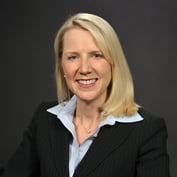Institutional investors across Europe are steadily increasing proportional investment exposure via mutual funds, even where mandates could be demanded, according to the latest issue of “The Cerulli Edge – Global Edition.”
Cerulli Associates, a global analytics firm, says statistics suggest that, while insurers are leading the way, the trend in Europe is pan-institutional. For example, German pensions’ proportional exposure via funds rose from 41.3 percent in 2011 to 50.1 percent in 2015.
See also: U.K. insurers reel as Brexit threatens $2.6 trillion of assets
“In the search for better investments, insurers are turning to less familiar asset classes, prompting the use of funds rather than segregated accounts to make their investments. There is clearly a greater willingness to have commingled investments,” says David Walker, director European institutional research at Cerulli.
He notes that early allocations to less well-trodden asset classes will be smaller, and therefore the volumes involved may not justify, in either the insurer’s or asset manager’s eyes, a separate account. That said, even in some of the more familiar yield classes — for instance high yield and emerging market debt — certain insurers prefer funds as these are easier to enter and exit compared with being in a segregated account.
“One manager Cerulli interviewed uses geography to split his insurer clientele’s preference for commingled/pooled structures, or investing via mandates. He has mutual funds more generally in France, Germany, Italy, and Spain, but mandates typically in the UK and Europe’s north,” says Walker.








 July 01, 2016 at 05:52 AM
July 01, 2016 at 05:52 AM










